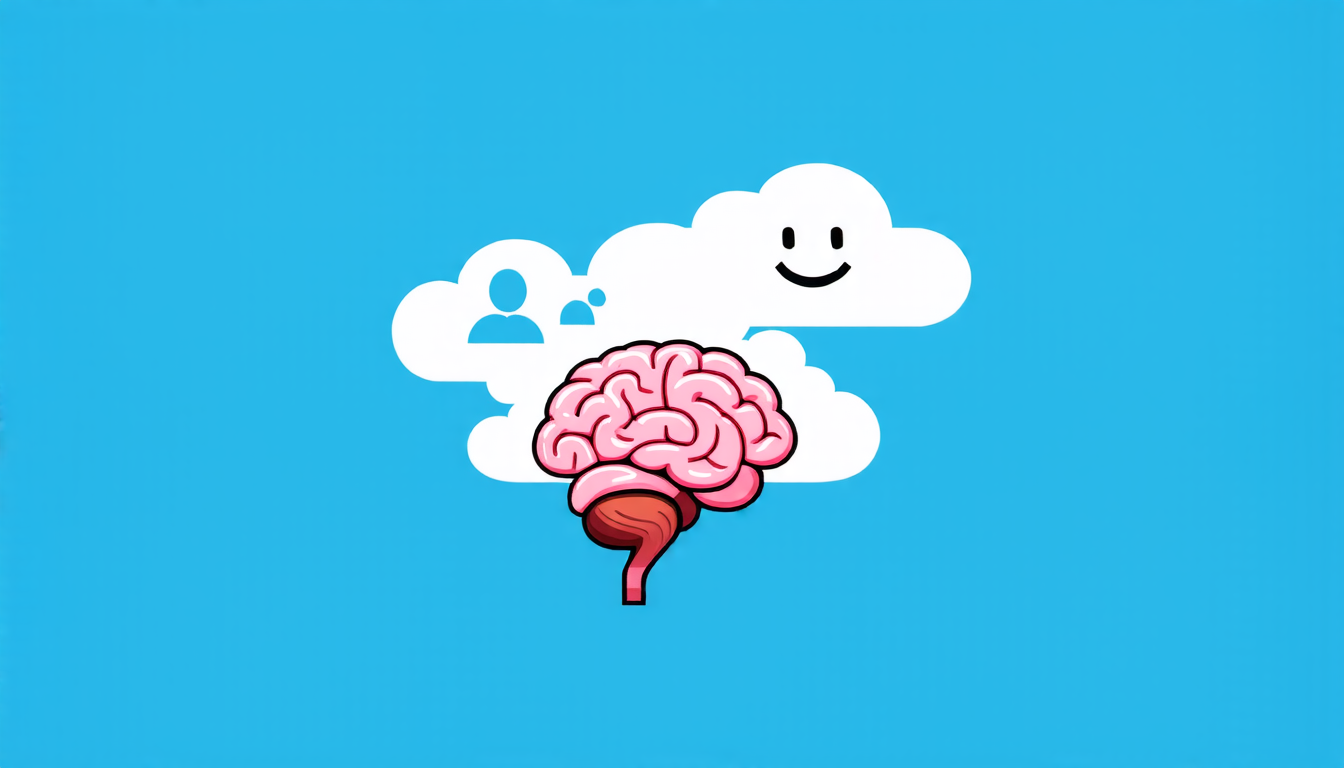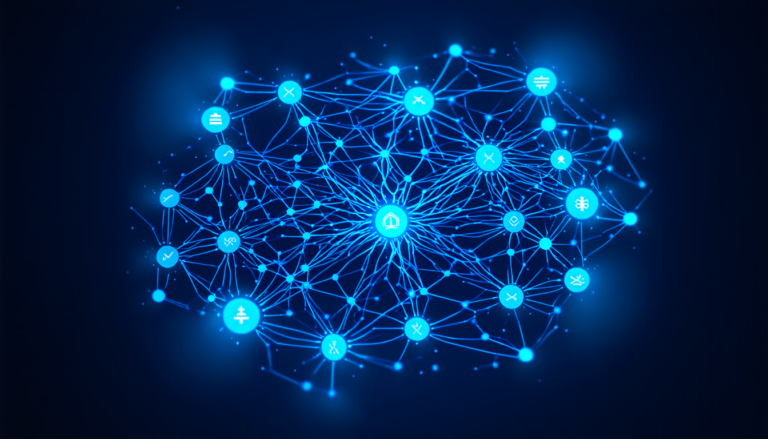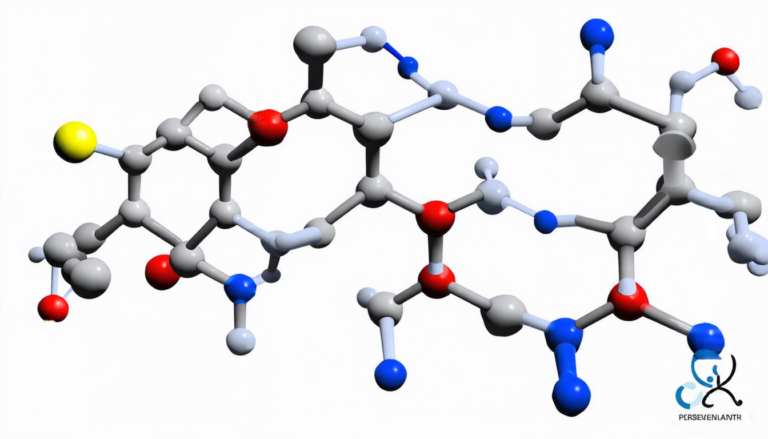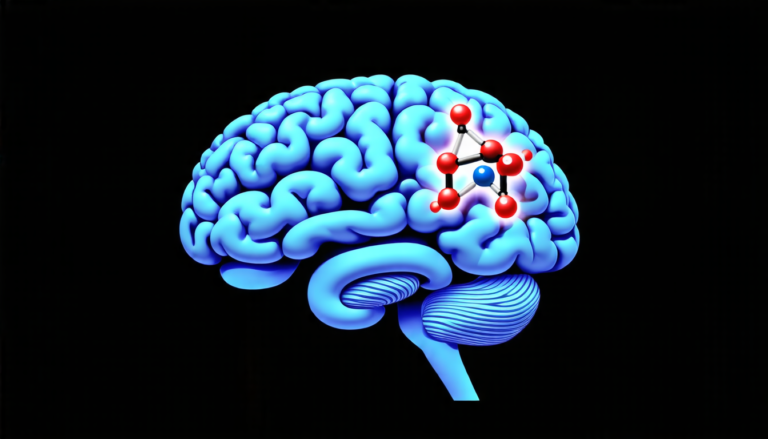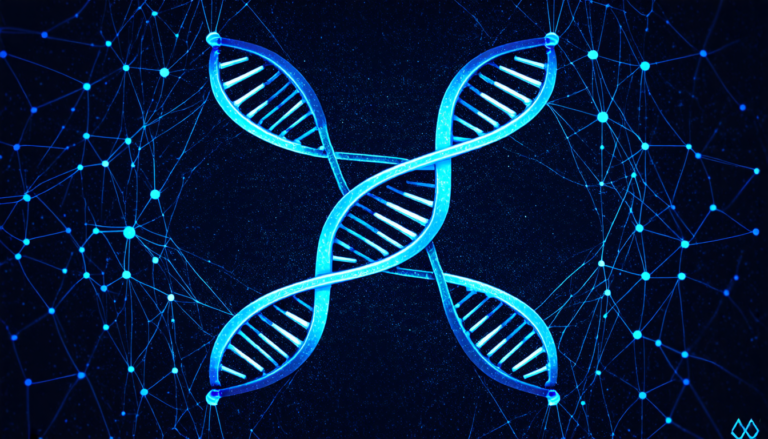Thursday 10 April 2025
A recent study has shed new light on the complex neural mechanisms underlying emotion regulation, a crucial aspect of mental health. By applying a novel data fusion approach to grey matter (GM) and white matter (WM) magnetic resonance imaging (MRI) scans from 165 individuals, researchers have identified two distinct networks associated with reappraisal usage.
Reappraisal is a strategy used to manage emotions by re-evaluating the meaning of emotional experiences. It’s a critical component in maintaining mental well-being, as difficulties in regulating emotions can contribute to psychological disorders such as depression and anxiety. The study aimed to investigate how GM and WM regions interact to facilitate reappraisal.
The researchers used parallel independent component analysis (ICA) to identify networks associated with reappraisal usage. Two primary networks emerged: Network 1, which encompassed a large prefrontal cortical network, overlapping with the default mode network (DMN), and adjacent WM regions; and Network 2, comprising subcortical areas including the insula, precuneus, and lingual gyri.
Network 1 was found to be positively correlated with reappraisal frequency, indicating a strong link between this network’s activity and the ability to effectively regulate emotions. This network is thought to play a key role in executive functions such as decision-making, planning, and problem-solving, which are essential for reappraisal.
In contrast, Network 2 was negatively associated with reappraisal usage, suggesting that this network may be involved in the suppression of emotional responses rather than reappraisal. This finding is consistent with previous research highlighting the importance of subcortical structures in regulating emotional arousal.
The study’s findings have important implications for our understanding of emotion regulation and its neural mechanisms. The identification of distinct networks associated with reappraisal usage provides a framework for investigating individual differences in emotional processing and developing novel therapeutic interventions.
Moreover, this research demonstrates the value of combining GM and WM data to gain a more comprehensive understanding of complex brain function. By integrating these two modalities, researchers can uncover new insights into the intricate relationships between different neural networks and their role in shaping our emotions and behavior.
In practical terms, the study’s findings could inform the development of novel treatments for mental health disorders. For instance, therapies targeting Network 1 may be effective in enhancing reappraisal abilities, while interventions focused on Network 2 could help alleviate symptoms of emotional dysregulation.
Cite this article: “Unraveling the Neural Correlates of Emotion Regulation: A Multimodal Approach”, The Science Archive, 2025.
Emotion Regulation, Neural Mechanisms, Reappraisal, Mental Health, Depression, Anxiety, Grey Matter, White Matter, Magnetic Resonance Imaging, Default Mode Network

